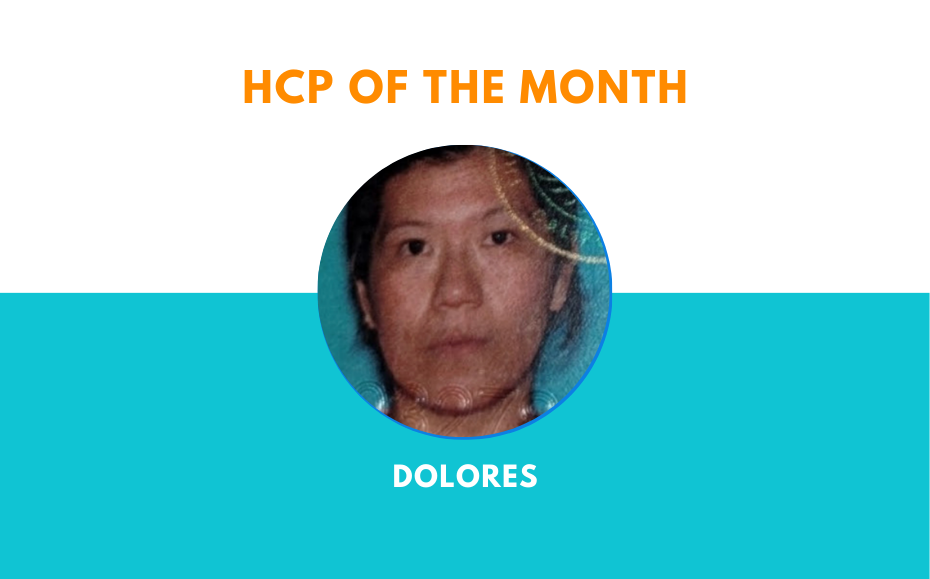In the ever-evolving landscape of healthcare, addressing challenges such as nurse retention, work-life balance, and diversity and inclusion is crucial for creating a resilient and thriving workforce. In this article, we will explore innovative strategies that healthcare organizations can adopt to not only attract top talent but also retain their valuable nursing staff, promote work-life balance, and foster diversity and inclusion. These strategies not only enhance the workplace environment but also contribute to improved patient care outcomes.
Nurse Retention Strategies
Professional Development Opportunities
Nurturing a culture of continuous learning is paramount for nurse retention. Healthcare organizations should invest in professional development programs that empower nurses to enhance their skills and advance their careers. This can include mentorship initiatives, workshops, and financial support for certifications and specialized training. By providing avenues for growth, organizations demonstrate their commitment to the professional development of their nursing staff, ultimately increasing job satisfaction and retention rates.
Recognition and Rewards
Recognition is a powerful motivator. It helps HCPs feel recognized and valued for the hard work that they contribute to their facilities. This can take the form of regular awards, monetary incentives, flexible scheduling options, or additional time off. Recognition not only boosts morale but also creates a positive and supportive work culture where nurses feel valued and appreciated.
Flexible Scheduling
Recognizing the diverse needs of nurses, introducing flexible scheduling options is a game-changer. Healthcare organizations can leverage technology to implement self-scheduling platforms, allowing nurses to choose shifts that align with their preferences. Additionally, offering part-time, job-sharing, or remote work options for certain roles provides the flexibility that many nurses seek, contributing to increased job satisfaction and retention.
Employee Wellness Programs
Wellness programs play a crucial role in addressing the physical and mental health needs of nursing professionals. Comprehensive wellness initiatives may include access to counseling services, stress reduction programs, and fitness resources. Prioritizing employee well-being not only supports nurses in maintaining a healthy work-life balance but also contributes to overall job satisfaction and retention.
Communication and Feedback
Open communication channels are essential for addressing concerns and fostering a collaborative work environment. Establishing regular feedback sessions allows nurses to voice their opinions and provides leadership with valuable insights. Creating a culture where feedback is encouraged and acted upon demonstrates an organization’s commitment to continuously improving the workplace and addressing the needs of its nursing staff.
Supportive Leadership
Effective leadership is a cornerstone of nurse retention. Healthcare organizations should invest in training and supporting nurse managers to create a positive and supportive work environment. Proactive involvement of leadership in addressing concerns, providing solutions, and advocating for the well-being of nursing professionals contributes to a culture of trust and loyalty.
Work-Life Balance Strategies
Self-Scheduling Platforms
Nowadays, HCPs greatly value work-life balance. They want to have fulfilling professional lives while spending time with the people and hobbies that matter to them the most. Implementing self-scheduling platforms empowers nurses to take control of their work schedules, promoting a better balance between professional and personal life. Additionally, allowing for easy shift swaps among colleagues ensures flexibility and accommodation of individual needs.
Telecommuting Opportunities
In the era of digital connectivity, telecommuting options can be explored for non-clinical tasks or administrative roles. Leveraging technology for virtual consultations and meetings not only enhances efficiency but also provides nurses with the flexibility to work from different locations, contributing to a healthier work-life balance.
Family-Friendly Policies
Introducing family-friendly policies, such as parental leave and on-site childcare facilities, is essential for supporting nurses in balancing their professional and family responsibilities. Organizations that prioritize the well-being of their employees’ families create a positive and inclusive workplace culture.
Well-Defined Breaks
Protecting and respecting breaks is crucial for preventing burnout and promoting overall well-being. Healthcare organizations should ensure that breaks are well-defined, and dedicated spaces for relaxation are provided. Encouraging nurses to take regular breaks during their shifts contributes to increased job satisfaction and a healthier work environment.
Employee Assistance Programs (EAPs)
Employee Assistance Programs (EAPs) are valuable resources for supporting nurses in managing personal and professional challenges. These programs provide counseling, support, and resources for stress management. Promoting awareness of available EAPs ensures that nurses have the necessary tools to navigate the complexities of their personal and professional lives.
Diversity & Inclusion Strategies
Diverse Recruitment Practices
Creating a diverse and inclusive workforce starts with inclusive recruitment practices. Healthcare organizations should implement strategies to attract a diverse pool of candidates, such as using blind recruitment processes to minimize biases in hiring. By fostering diversity from the recruitment stage, organizations can build a more representative and inclusive workforce.
Cultural Competence Training
Cultural competence training is essential for creating an inclusive healthcare environment. HCPs deal with a diverse range of co-workers and patients, from different backgrounds, cultures and upbringings. Offering ongoing training on cultural competence enhances understanding and communication among diverse teams. This training ensures that nurses are well-equipped to provide culturally sensitive care, promoting a positive and inclusive patient experience.
Employee Resource Groups
Establishing employee resource groups (ERGs) can create a sense of belonging and support among individuals from diverse backgrounds. ERGs provide a platform for networking, mentorship, and sharing experiences. Encouraging participation in these groups fosters a supportive community within the organization, contributing to increased retention and job satisfaction.
Inclusive Policies
Organizations must develop and enforce policies that promote inclusivity and discourage discrimination. Regularly reviewing and updating policies ensures that they are reflective of the diverse needs of the workforce. Inclusive policies create a foundation for a supportive and respectful workplace culture.
Leadership Diversity
Achieving diversity at all levels of leadership is a crucial step towards fostering an inclusive workplace. Healthcare organizations should actively work towards diverse representation in leadership roles. Implementing mentorship programs that support the career growth of underrepresented groups helps break down barriers and ensures that diverse voices are heard at decision-making levels.
Conclusion
In conclusion, revolutionizing healthcare requires a holistic approach to nurse retention, work-life balance, and diversity and inclusion. By implementing these innovative strategies, healthcare organizations can create an environment that attracts and retains top nursing talent, supports work-life balance, and celebrates diversity. Ultimately, these efforts contribute not only to the well-being of nursing professionals but also to improved patient care outcomes and the overall success of the healthcare organization. As we navigate the future of healthcare, prioritizing the needs of the workforce becomes not only a strategic imperative but a moral one, ensuring a brighter and more inclusive future for all.













